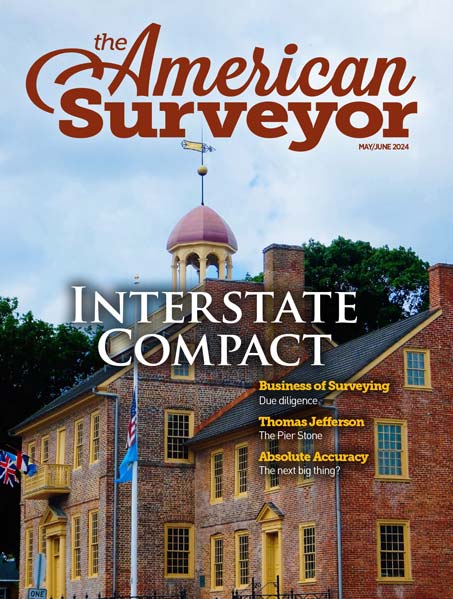Streamlined Workflow Produces Substantial Time Savings for GIS Data Updates and Editing
One of the USGS’s main tasks in developing volcanic risk assessments is measuring lava and pyroclastic flows and slide deposits, as well as collecting samples for chemical analysis. Many of the Cascade volcanoes have the potential for eruption, including Newberry Volcano, Mt. Rainier and Mt. St. Helens. The massive explosion of Mt. St. Helens in 1980 underscored the importance of continuously monitoring high-threat volcanoes nationwide, from Yellowstone to Mauna Loa.
Detailed maps are critical to this effort, and the integration of the Wacom interactive pen display into USGS workflows allows the geologists to quickly record field notations from paper maps directly into the GIS database.
Previously, the agency’s geologists had to copy updates from the field sheets onto a clear Mylar overlay using a technical pen. They then added control points to the sheets so they could be geo-referenced during the analog-to-digital data conversion process. Finally, the Mylar sheets were scanned and the raster data were tediously traced over, one vertex at a time, to create vector updates for the volcanic monitoring GIS database.
Now, by working directly on screen with the Wacom pressure-sensitive digital pen, users are able draw smooth continuous contours directly on a LCD surface, emulating the experience of writing on paper. This functionality, in conjunction with updated registration and editing tools in Esri’s ArcMap, has significantly decreased the time spent tracing information from scanned and registered field sheets and Mylars. Also, by using the Wacom interactive pen display, geologists can simply enter field updates directly into the vector GIS database by heads-up digitizing in Esri ArcMap over USGS digital raster graphics files, shaded-relief maps derived from digital elevation models, or aerial photography.
Wacom display technology has made GIS data entry at least 30 percent faster by eliminating the manual copying process, and decreasing time spent in registration and scanning. For editing, this streamlined workflow provides up to a 50 percent faster workflow. The all-digital portion of the workflow also allows the geologists to use fewer resources, minimizing the potential for error that was inherent in the multiple conversion steps of the previous process.
USGS projects integrating the Wacom pen displays include the creation of a complete map of the Newberry Volcano, which is classified as "very high threat." An eruption of Newberry could produce significant ash, affecting regional air traffic, recreation and agriculture in surrounding areas such as Bend, a city of 75,000. A larger magnitude eruption could lead to destruction of property and even loss of life. This detailed geologic map serves as the geospatial framework for hazards assessment, providing an invaluable resource for regional contingency planning and disaster preparedness efforts.
To create a detailed geologic map of the over 500-square-mile Newberry Volcano, geologists work with 1:24,000 scale topographic and geologic quadrangle maps. Using the Wacom display with Esri’s ArcGIS, they are able to compile one quadrangle in four or five days – a task that previously took seven working days. The result of this expedited workflow is much faster availability of updated geologic data for assessment of potential threats.
The incorporation of Feature Templates, sketch-based editing and GeoDesign tools in ArcGIS 10, further aligns Esri and Wacom technologies, and represents the future of geospatial data production, collaboration and productivity.
The Newberry Volcano map is the first geologic map that USGS volcano scientists have compiled from scratch using the Wacom pen display with Esri software solutions. Even with the complexity of the volcano and its overall size (37 quadrangles), it is the fastest mapping project to be compiled by volcano scientists at the USGS.
